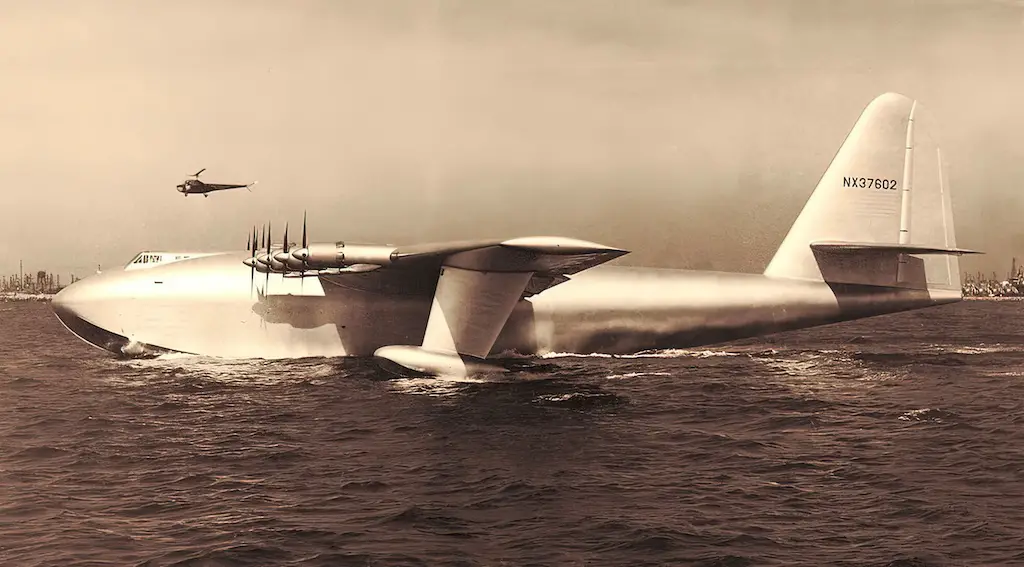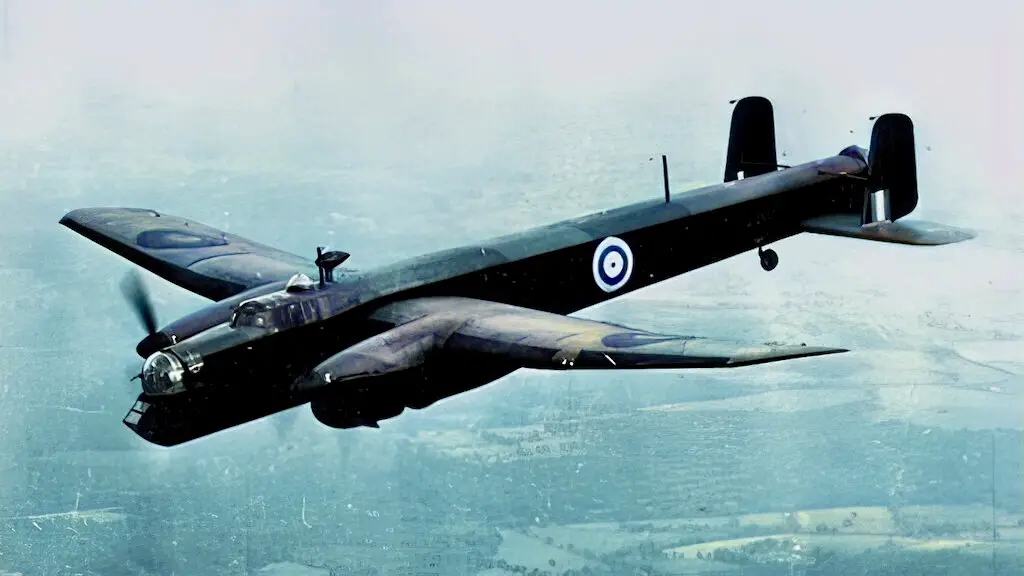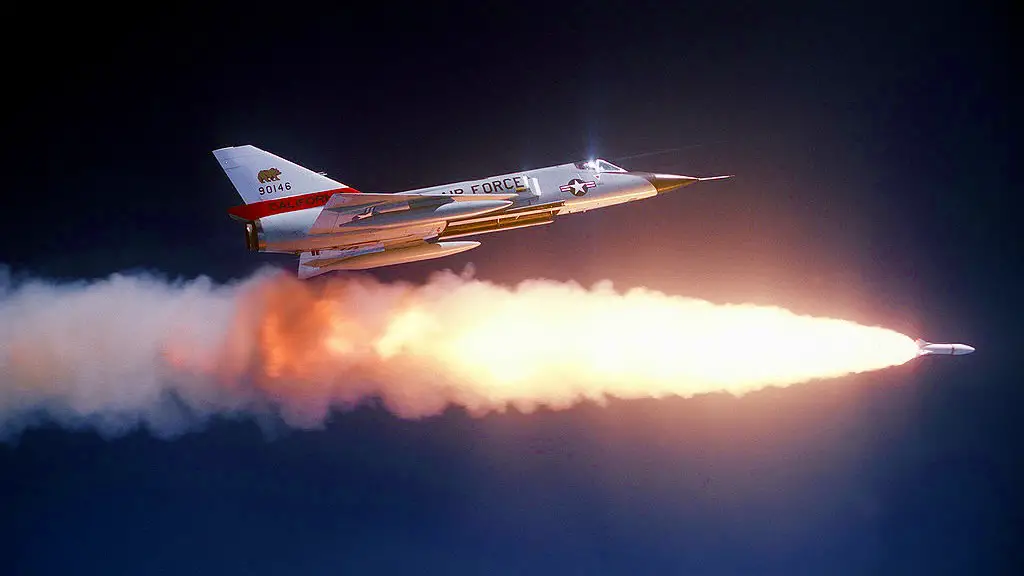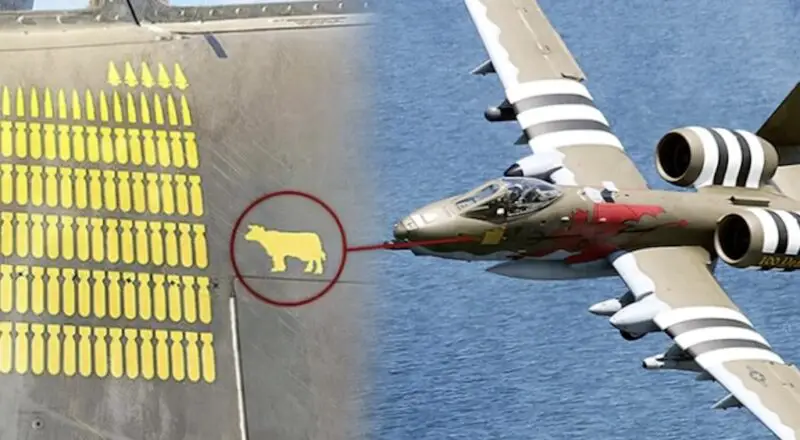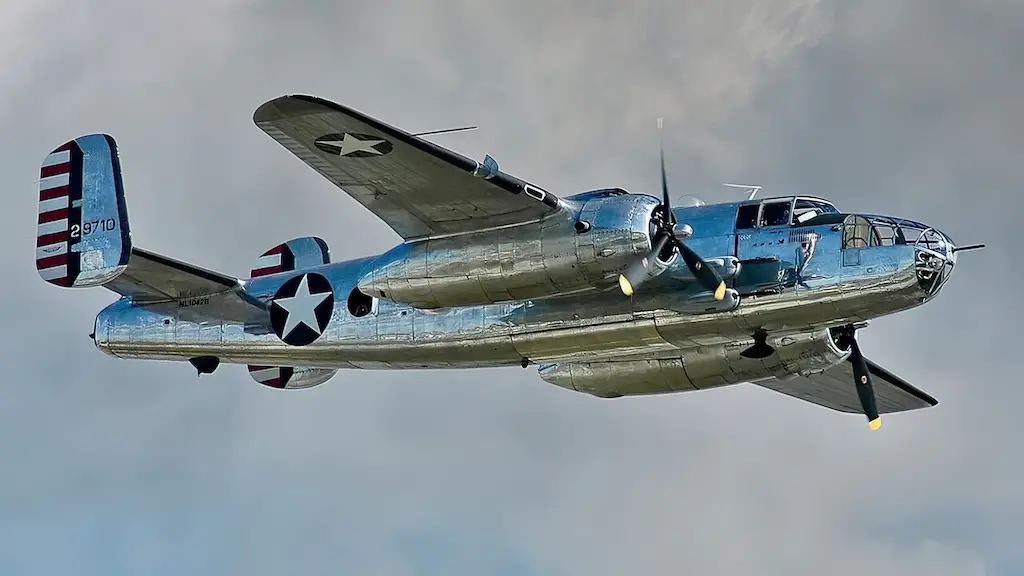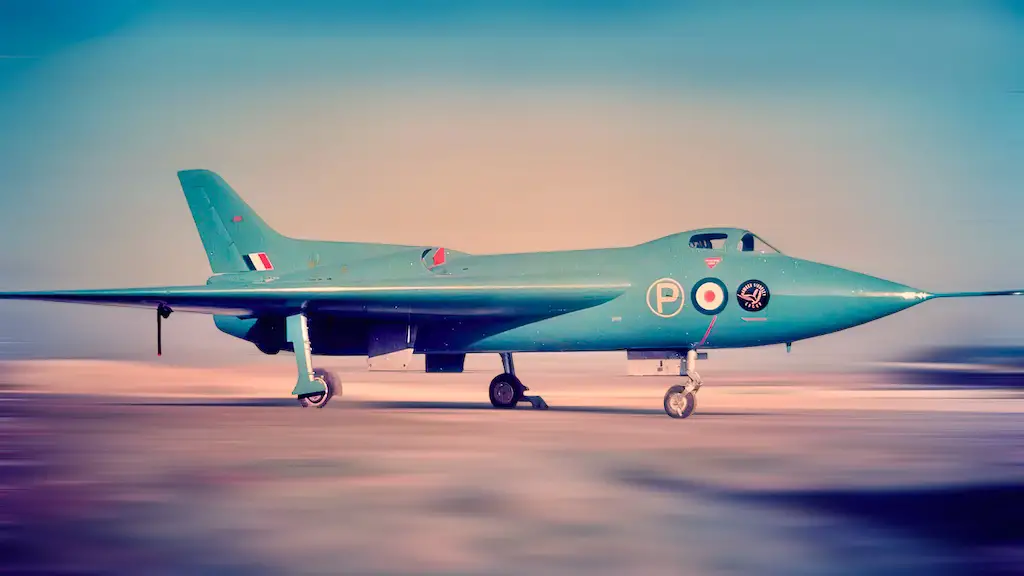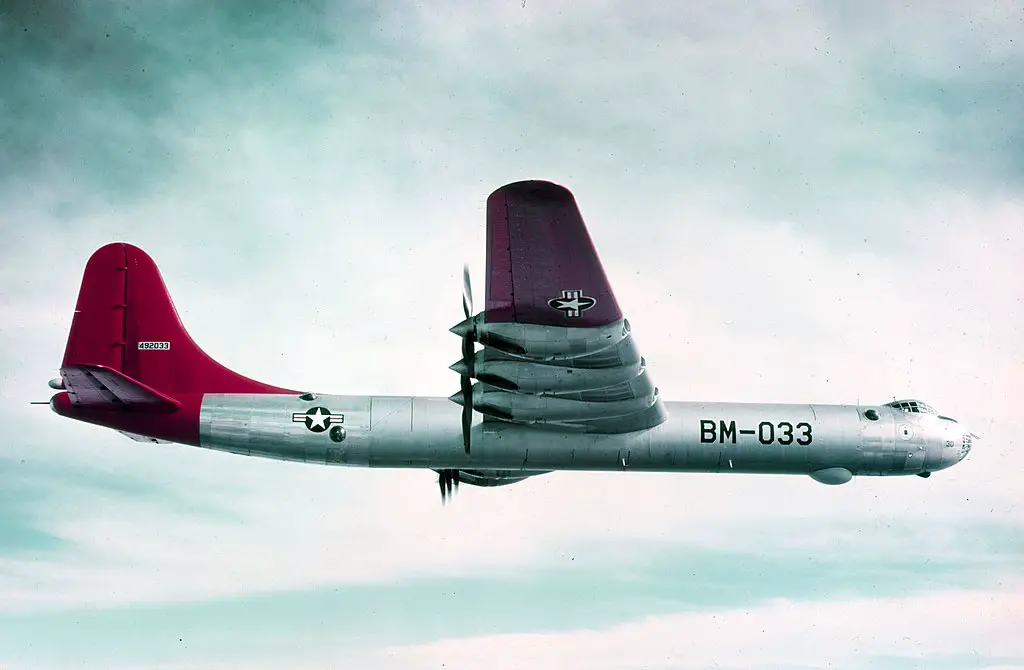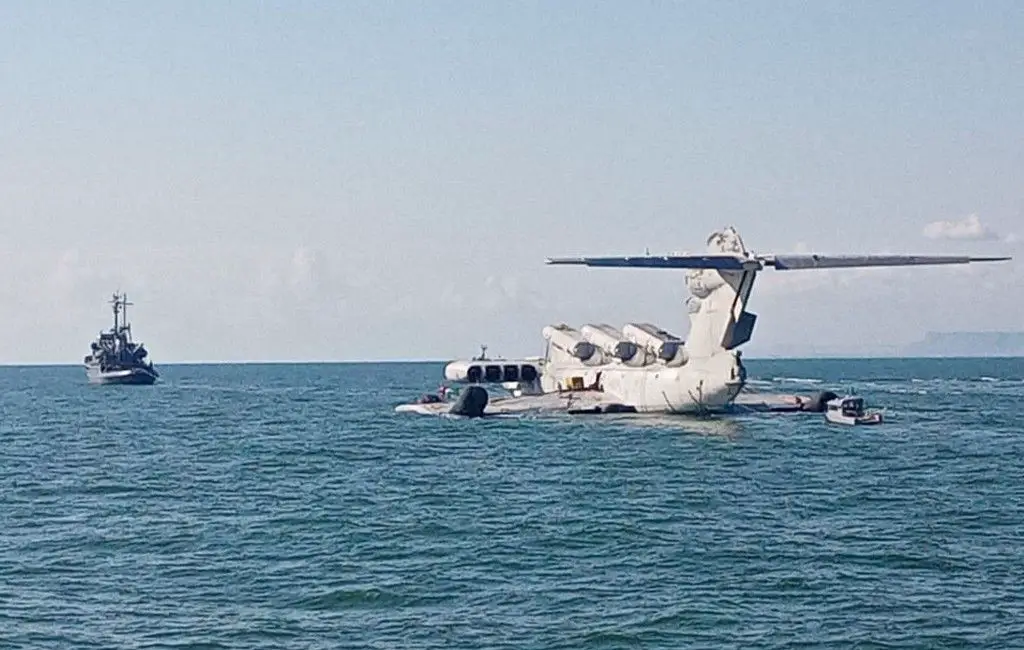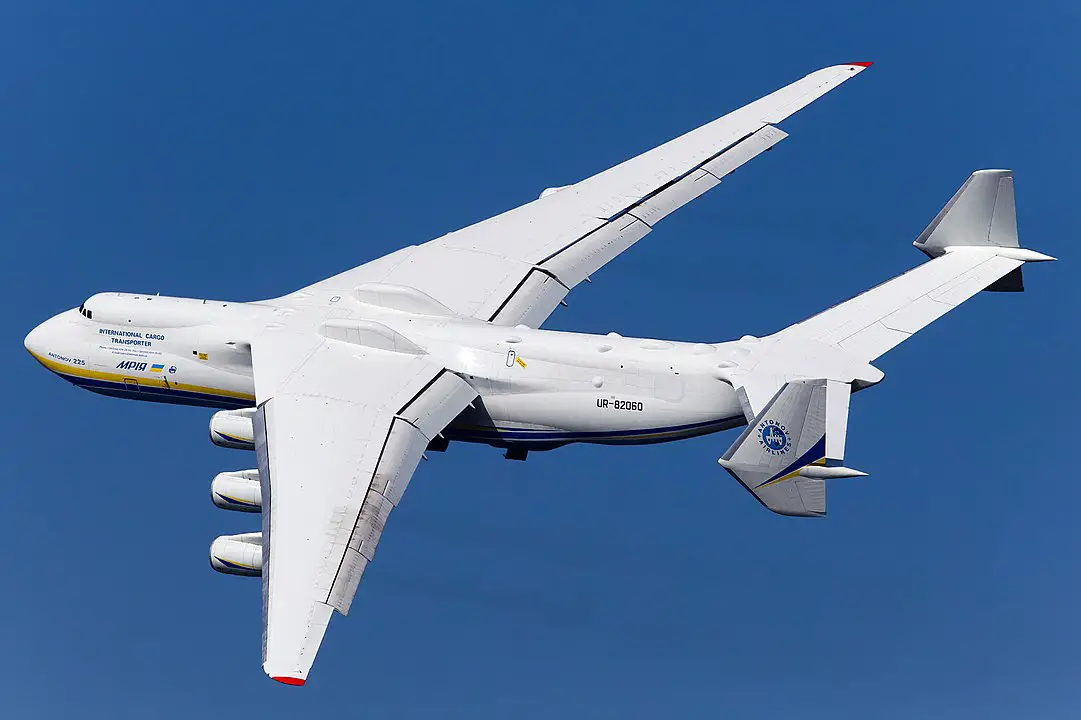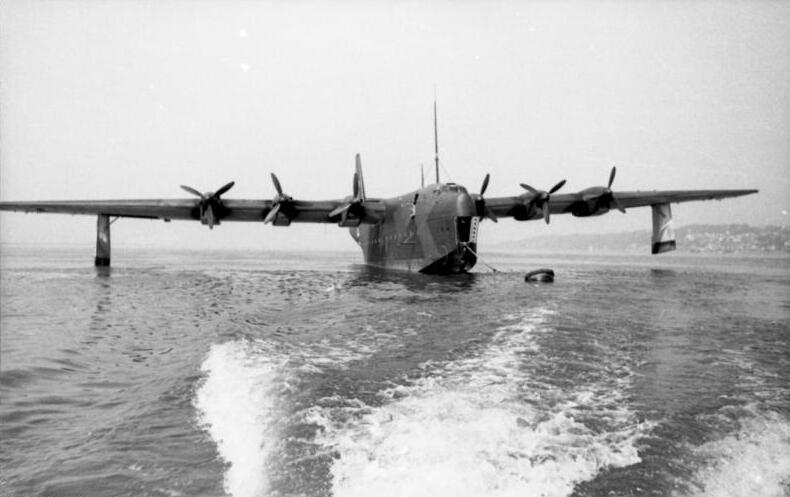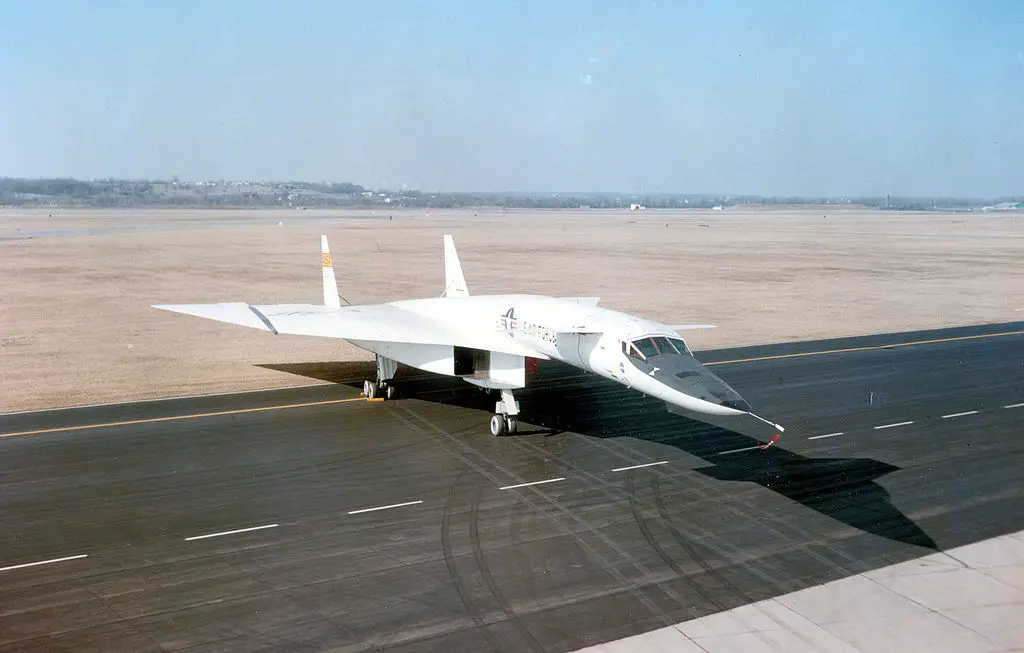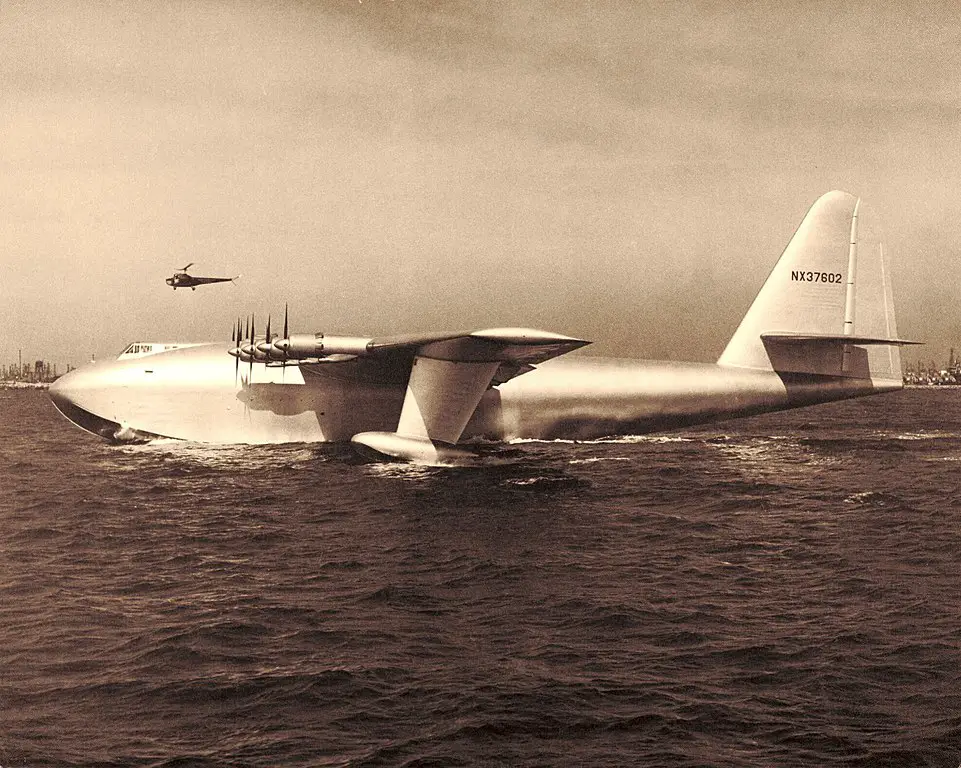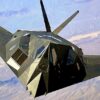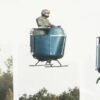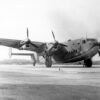With every need, there is a supply. This has always been true within the world’s militaries and especially in their respective air forces. Aircraft have been built in many shapes and sizes depending on the resources at hand and the task said aircraft is meant to accomplish. In this list, we will look at some of the largest military aircraft ever produced, ranging from the World War II era all the way up to the present day.
Convair B-36 Peacemaker
The B-36 Peacemaker has a large list of records that it has. One might even say the held list is compared to its own huge size. It still holds the title of the largest mass-produced piston engine aircraft in history, the longest wingspan of any combat aircraft (230 feet), the first intercontinental bomber, and the first bomber to be able to carry any of the United States’ nuclear weapons arsenal without modifications.
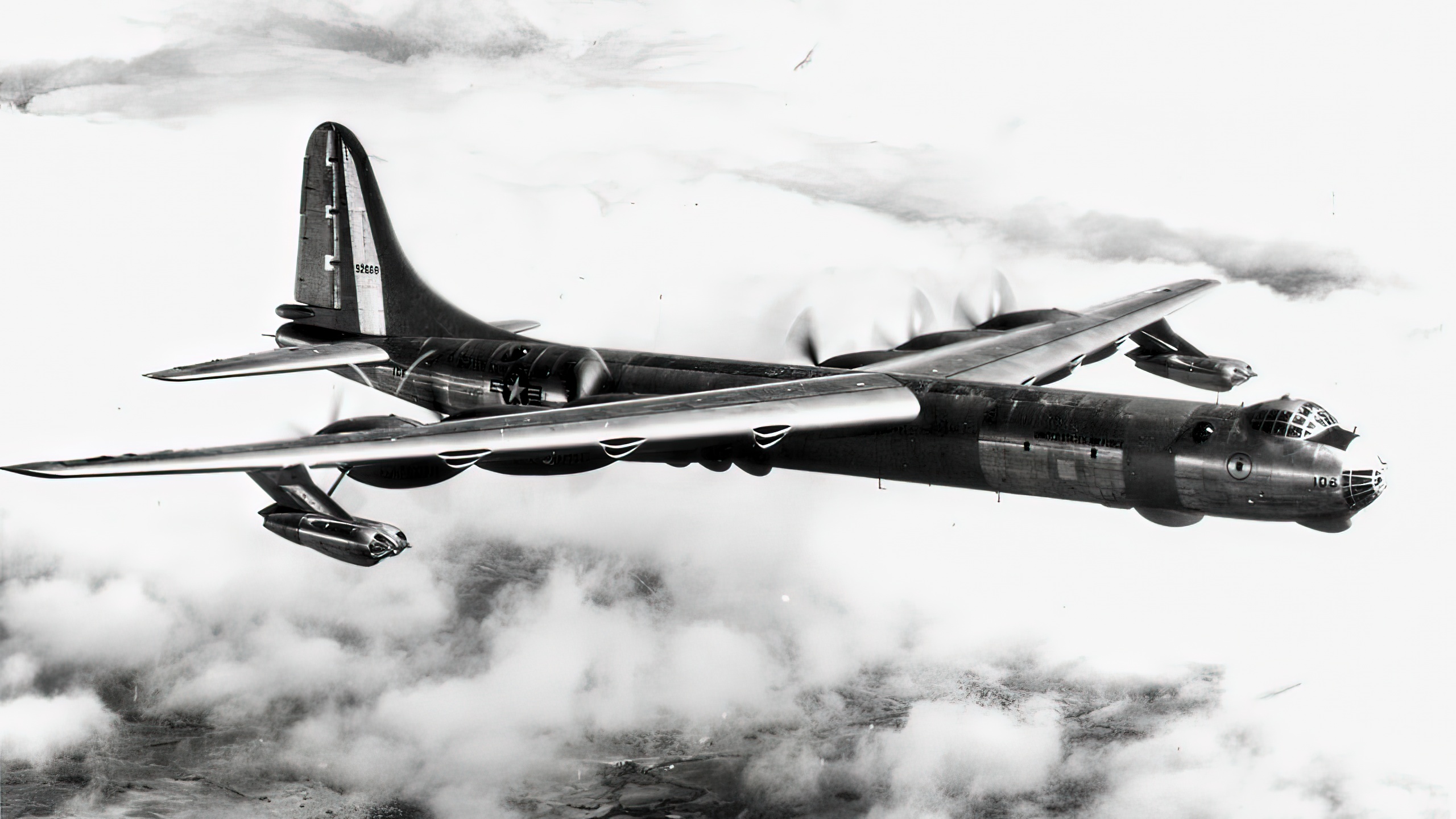
The way this 200-ton giant ever took to the air was by six Pratt & Whitney 28-cylinder radial engines that produced 3,800 horsepower each, and a further four General Electric turbojet engines. Despite its impressive specifications, it only served a decade from 1949 to 1959, bridging the gap between piston engines of old and high-speed jet bombers.
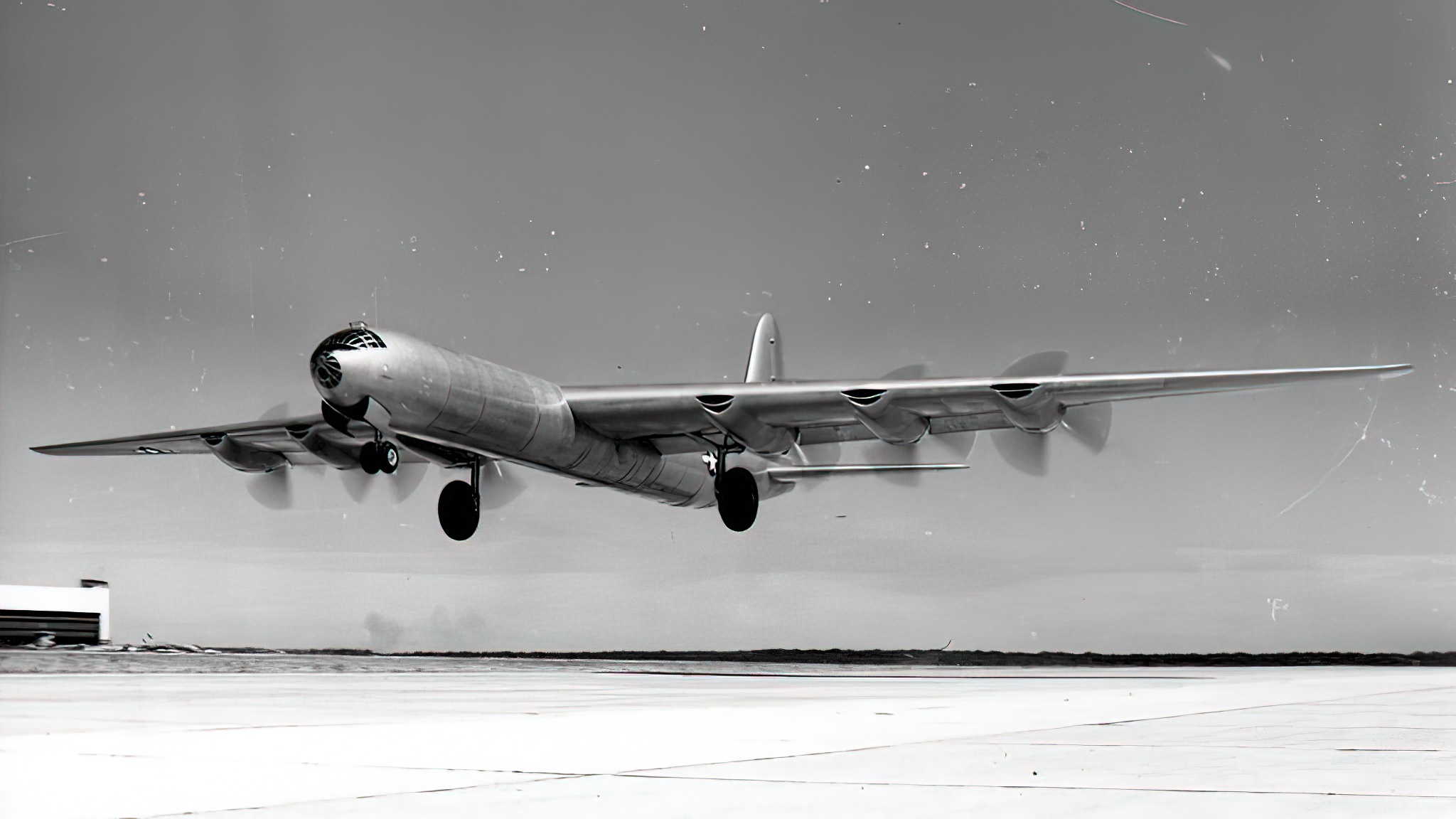
Caspian Sea Monster
The Caspian Sea Monster was not an aircraft in the traditional sense of the world. True to its Soviet nature though, this leviathan held the title of largest and heaviest aircraft for two decades between 1966 to 1988.
It was an experimental aircraft that used the ground effect to carry vast quantities of equipment and cargo at high speeds across the ocean. The Sea Monster weighed 600 tons (1.2 million pounds) but could still travel at over 482 kilometres per hour (300 miles per hour).
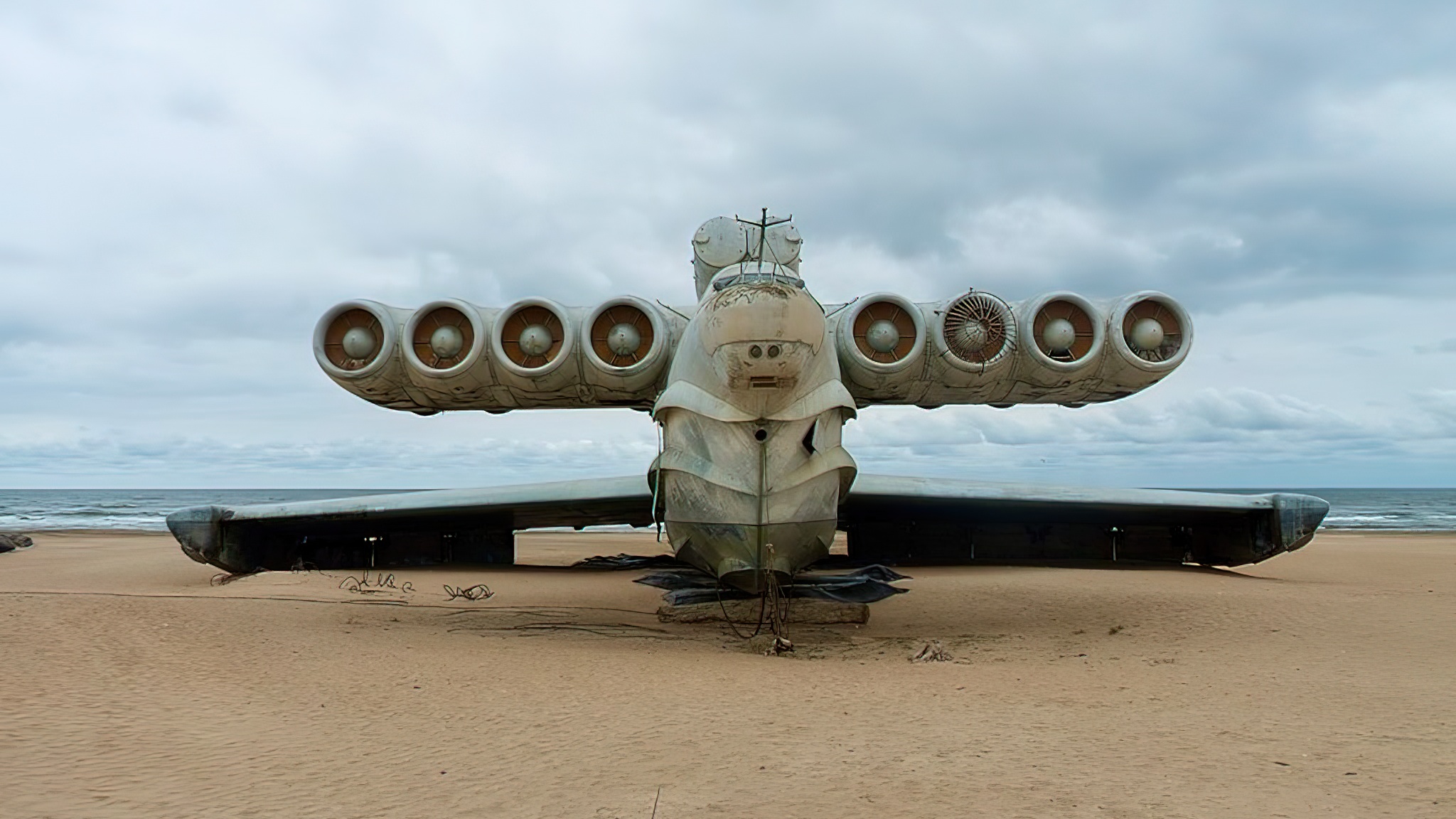
It virtually combined the cargo-carrying capability of a mid-sized ship with the speed of an aircraft. Its surprise discovery in US spy images dumbfounded US intelligence, but by the time they discovered its true function, it had already been destroyed in a crash.
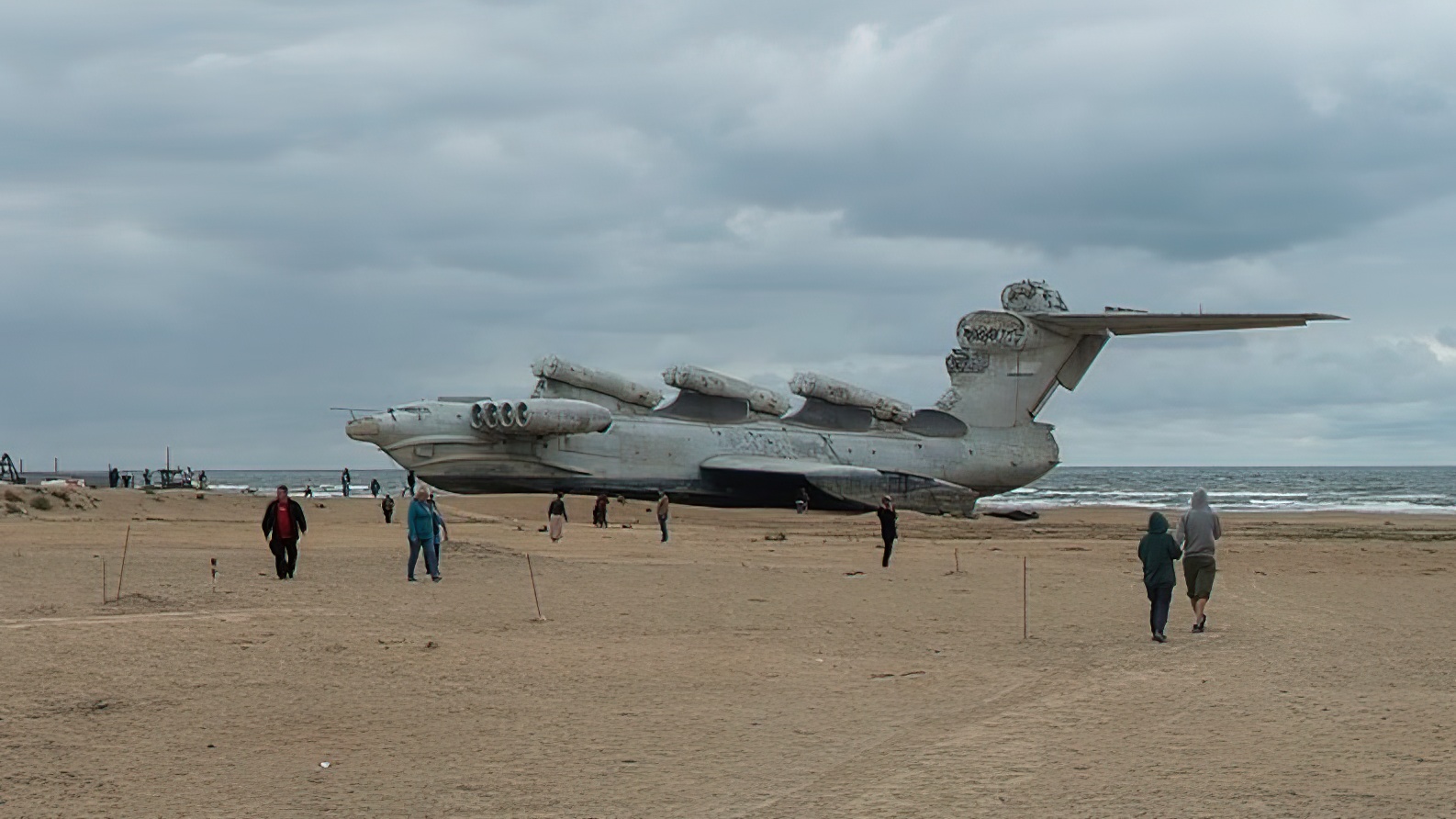
Antonov AN-225 Mriya
The AN-225 is an absolute marvel of Soviet engineering and is the heaviest and largest aeroplane ever built. Its maximum take-off weight is 700 tons, and it can carry almost 300 tons of cargo in its 43-metre cargo hold.
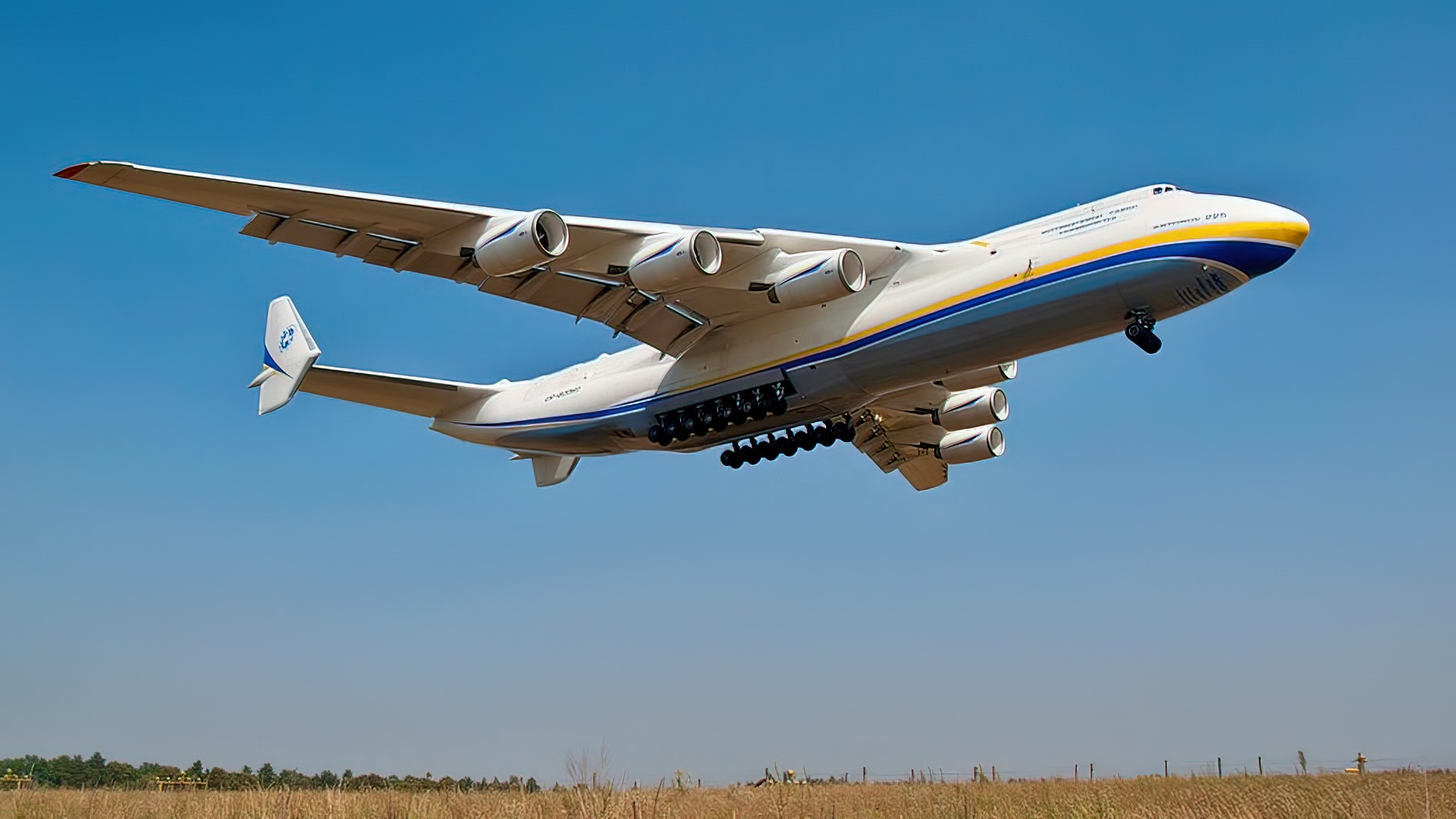
The Mriya’s original purpose was to transport spacecraft from the Soviet equivalent of the Space Shuttle: the Buran program. After its mission was complete, it was put in storage for 8 years before operating as a commercial aircraft which it continues to do so until today.
Blohm & Voss BV 238
The BV 238 was Germany’s attempt at a giant aircraft in the desperate search for a tide-turning machine in the Second World War era. It was the largest aircraft built during the ruling regime’s time in power, as well as the heaviest aircraft in the world for that time.
The 43-metre-long flying boat weighed 110 tons and was powered by six Daimler-Benz V-12 piston engines. Only one prototype was ever fully built, but it was scuttled while moored in Lake Schaal, Germany.
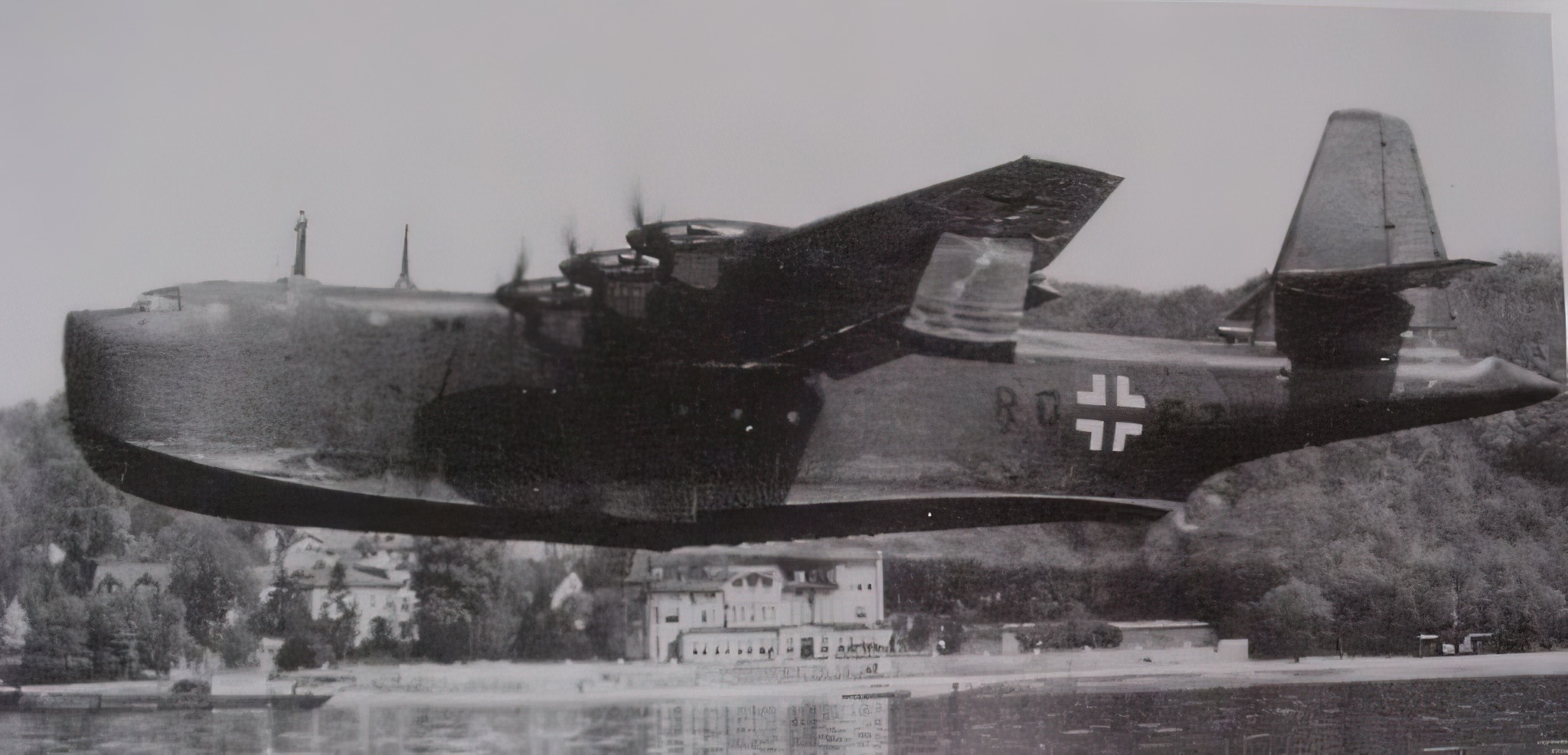
XB-70 Valkyrie
This is the project that forced the production of the Soviet MiG-25 Foxbat interceptor. North American Aviation developed the Valkyrie during the 1950s with its first flight taking place in 1964. It served as a prototype for the planned B-70 nuclear bomber which would’ve been capable of flying at 2,000 mph (3,200 kph) at 70,000 feet (21,000 metres). A speed and altitude that could outperform any existing interceptor.
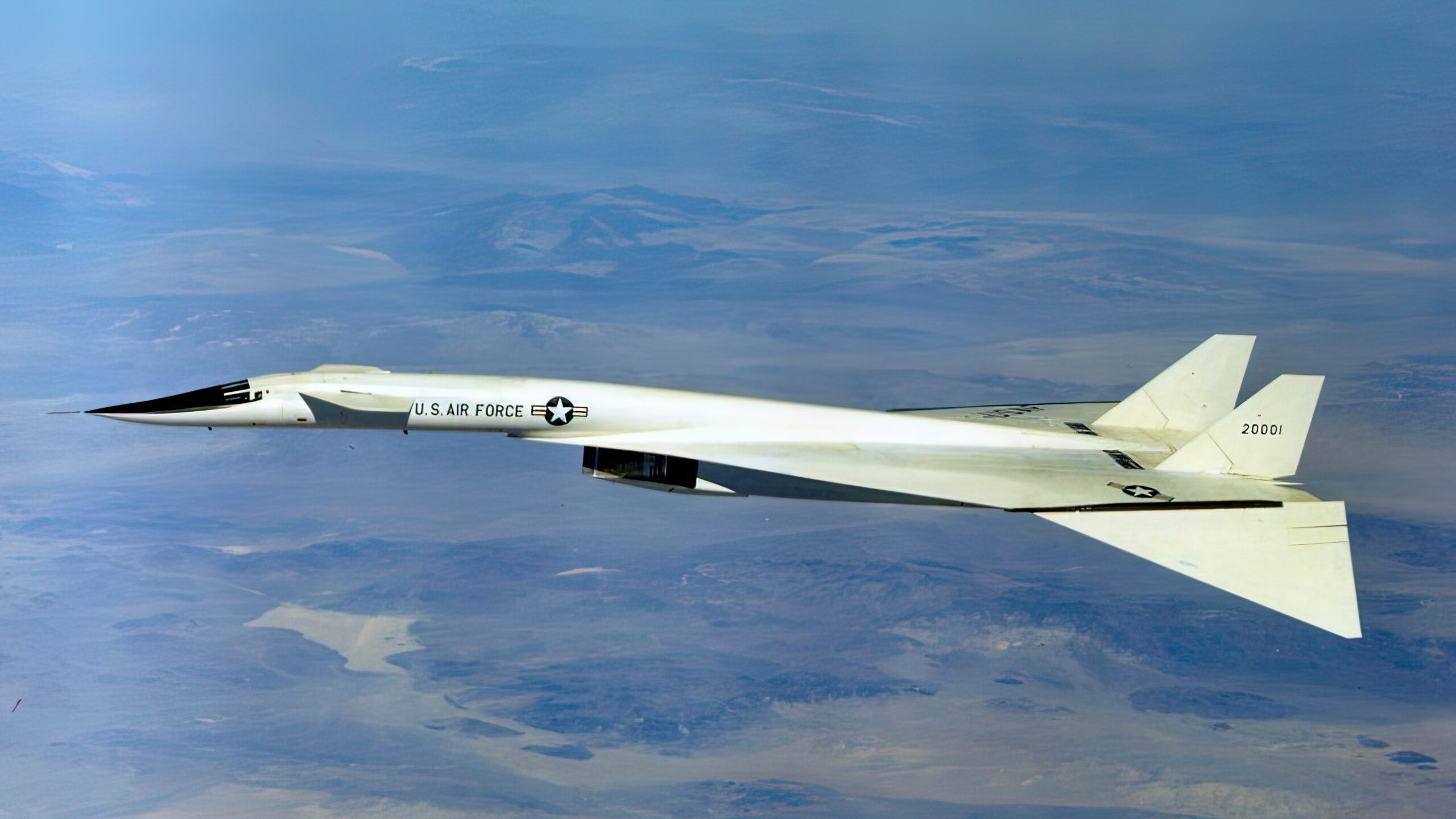
Only two prototypes were built, which were then used to test high-speed flight. It was during one of these test flights that one of the prototypes got destroyed in a crash. The other was eventually flown to the National Museum of the United States Air Force in 1969, where it has remained until today.
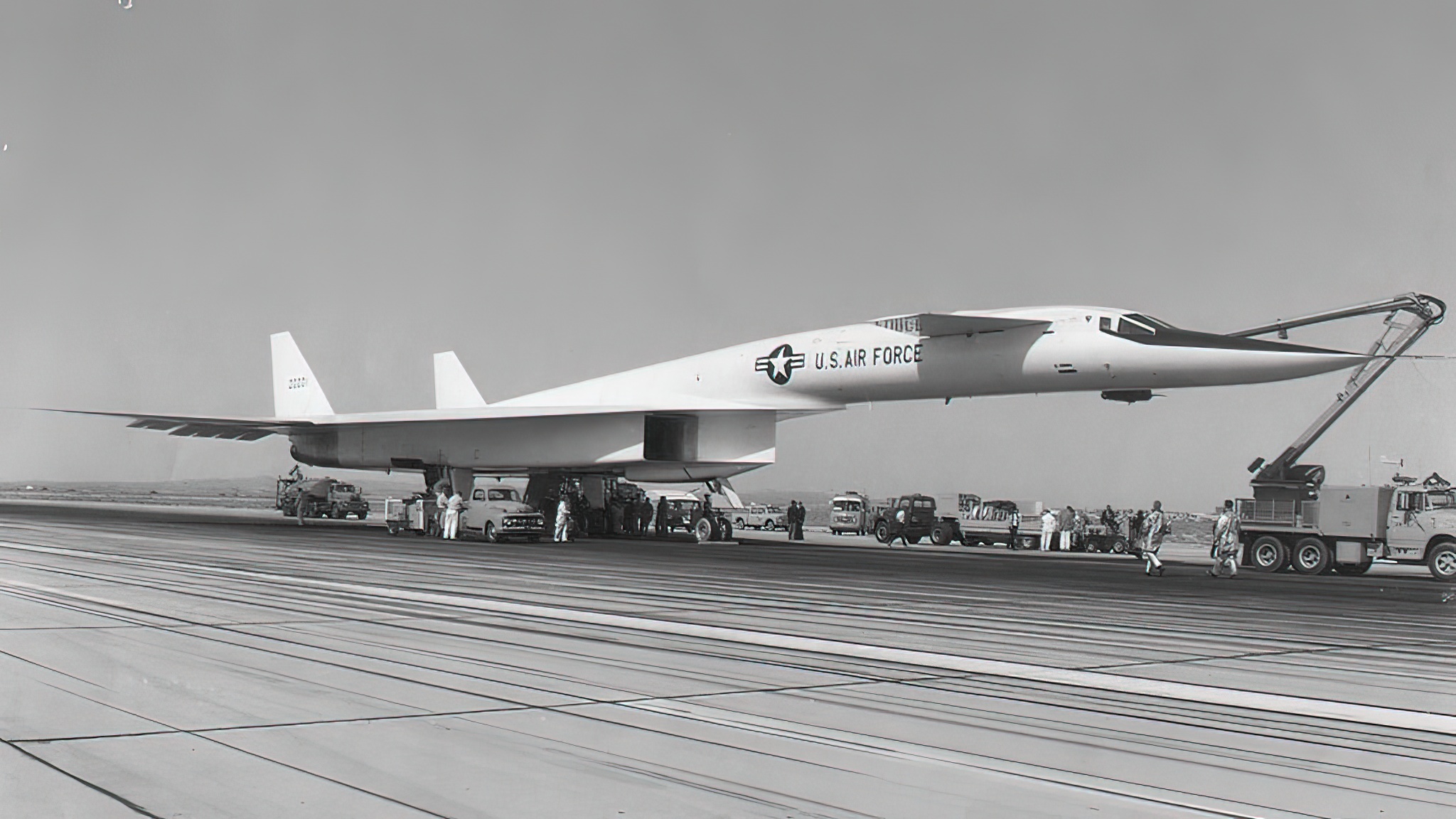
Hughes H-4 Hercules
This huge flying boat was another one of US billionaire Howard Hughes’ creations and was obviously partially named after him. The Hercules was mostly built from wood, earning it the name the “Spruce Goose.”
It was designed as a cargo aircraft that could fly over the Atlantic during the Second World War, but its full completion took until 1947. It was the largest aircraft ever built at the time, even more than the BV 238. Its 98-metre wingspan is only beaten today by the Scaled Composites Stratolaunch.
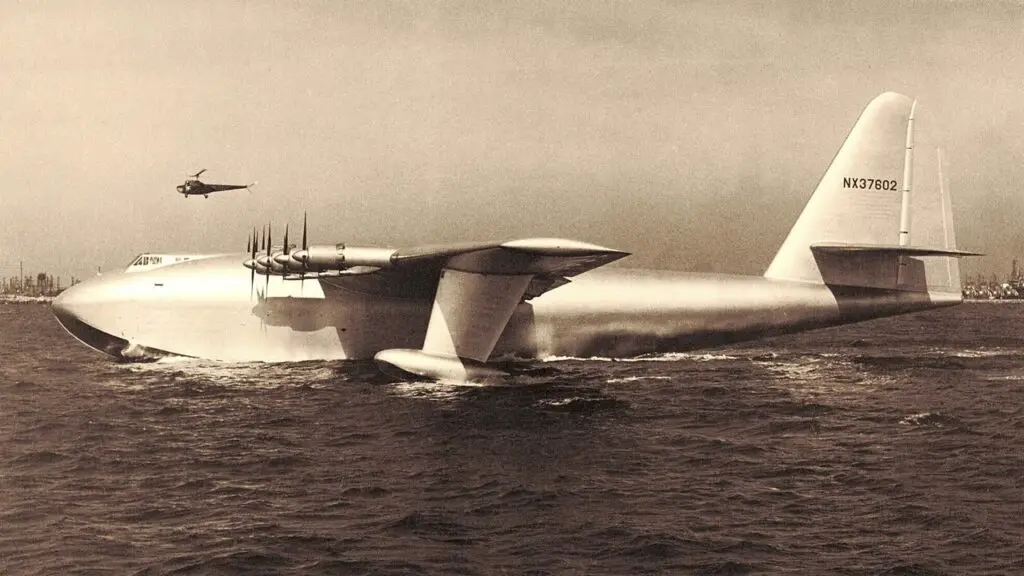
To prove the exorbitant government investment in the plane was not wasted, Hughes managed to make a single one-mile-long flight at a height of about 70 feet (21 metres). After landing, he parked the Spruce Goose in a climate-controlled hangar and had it kept in flying condition by a secret team for the next 30 years. It flew only once.

